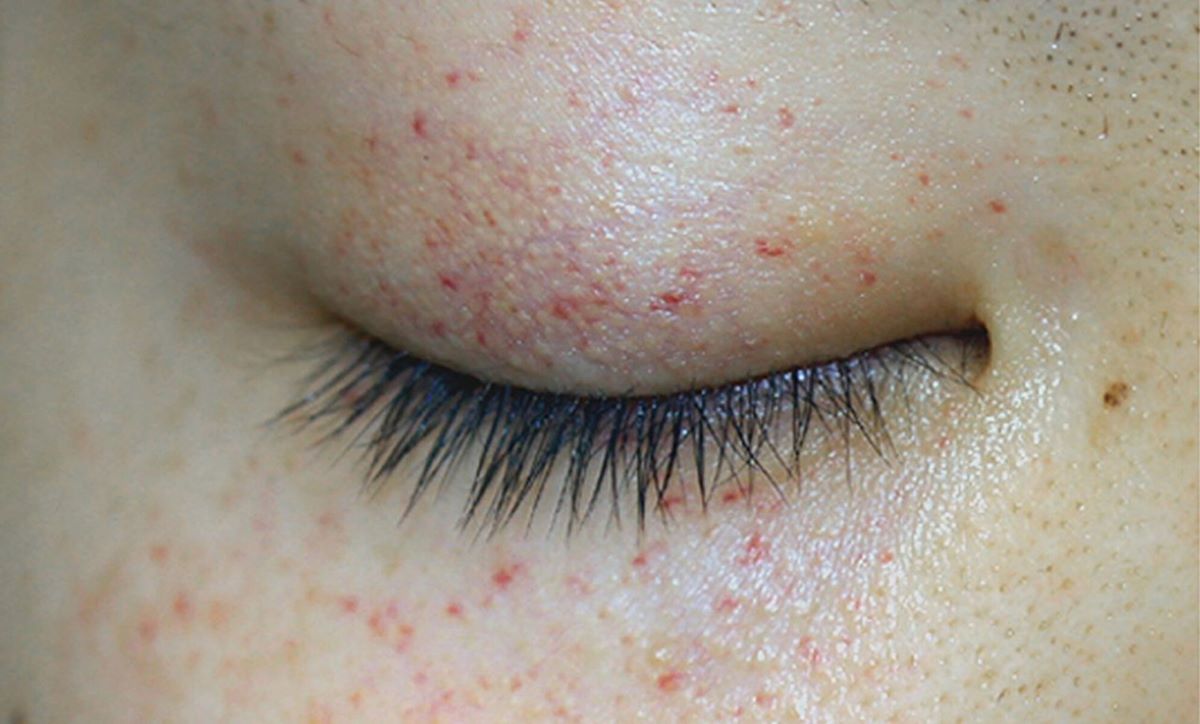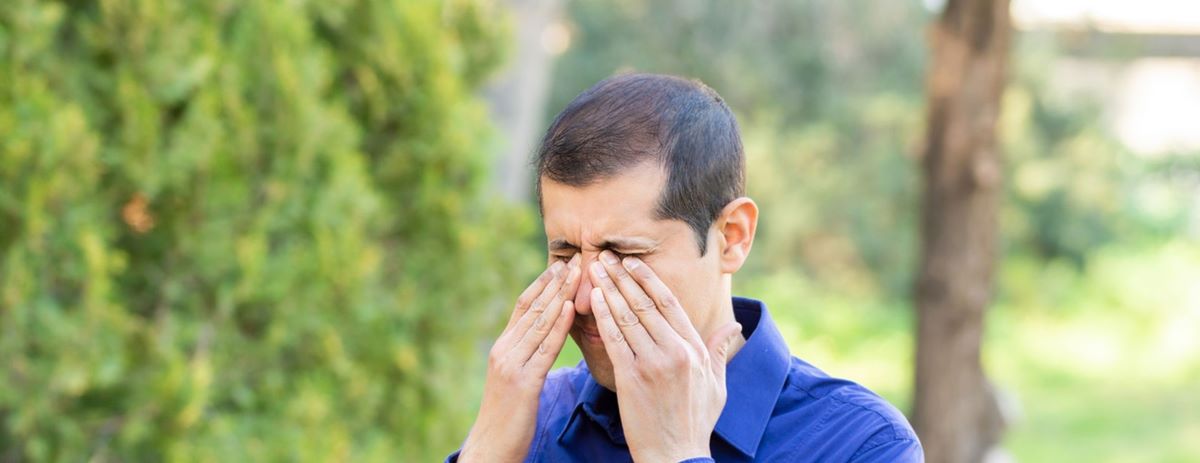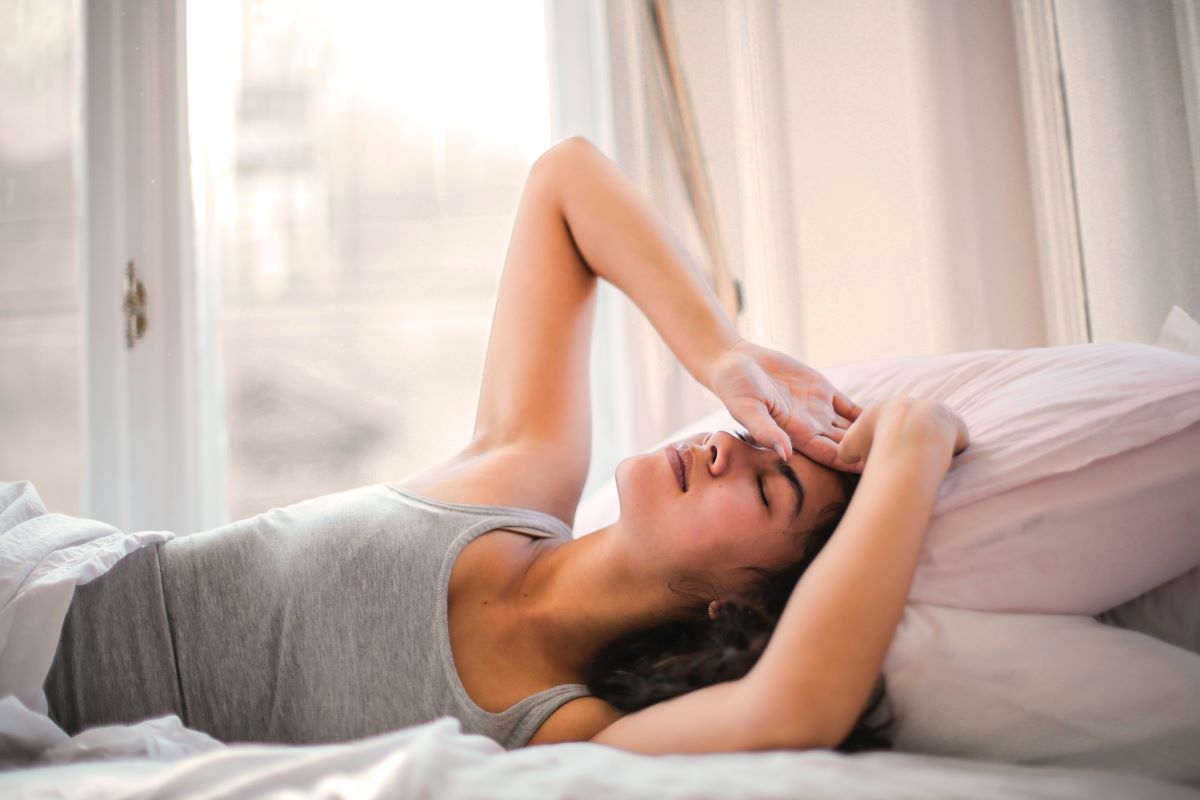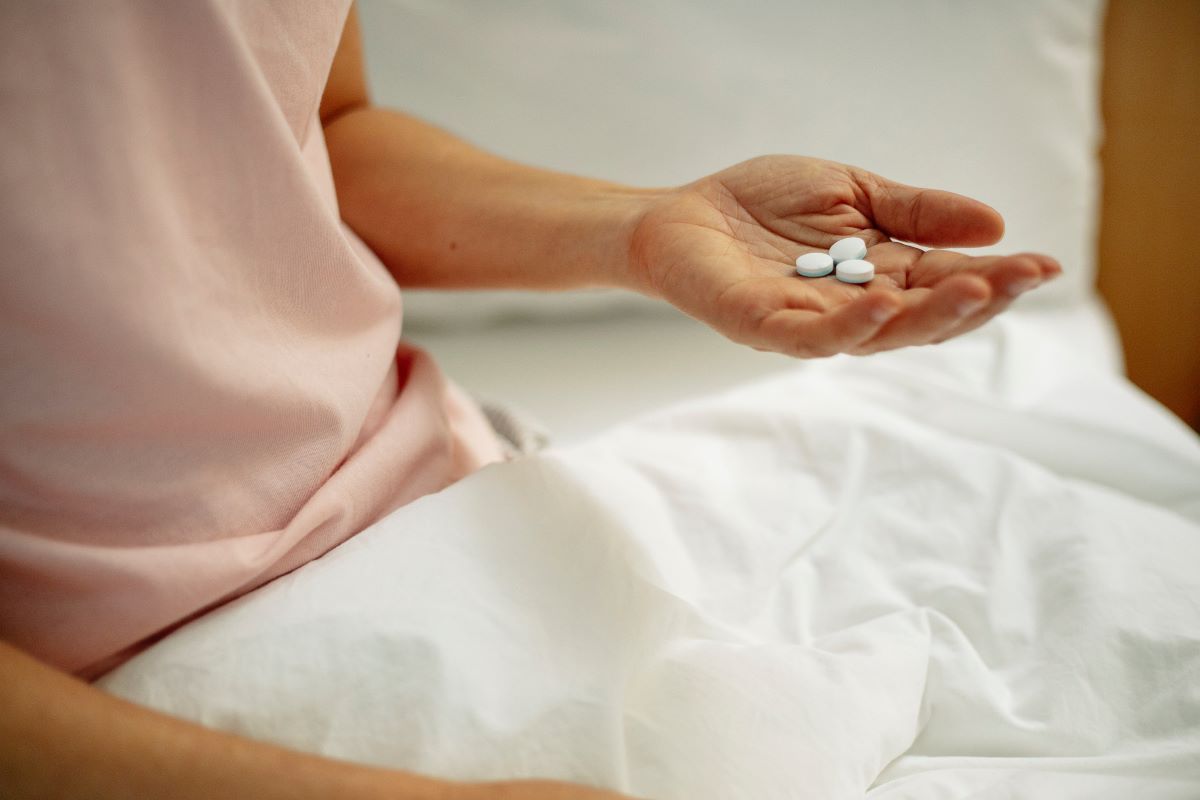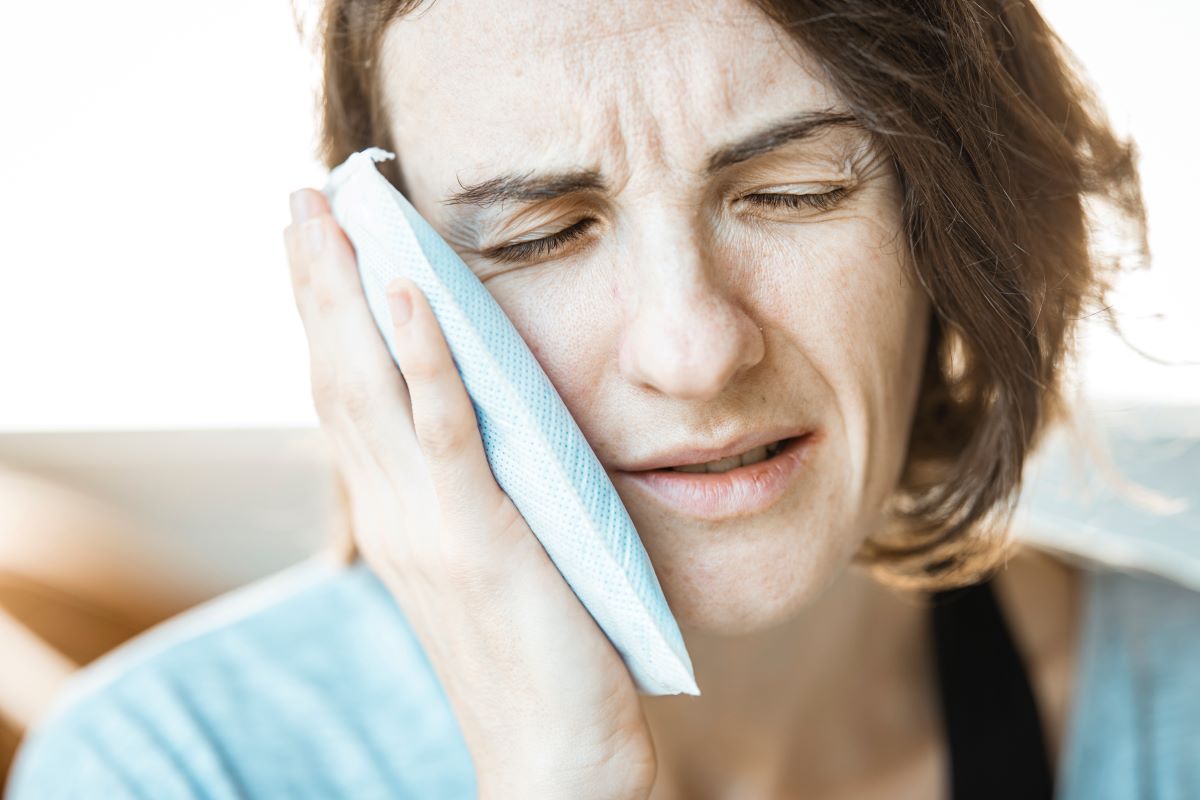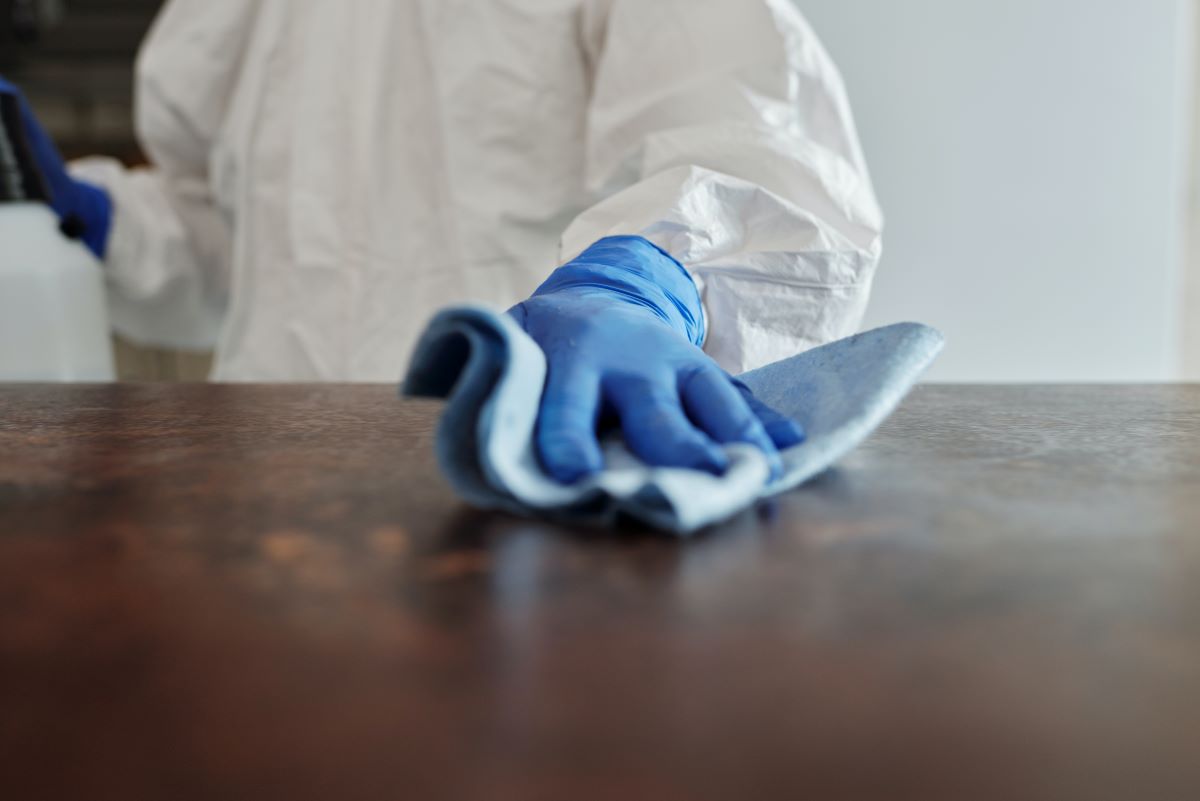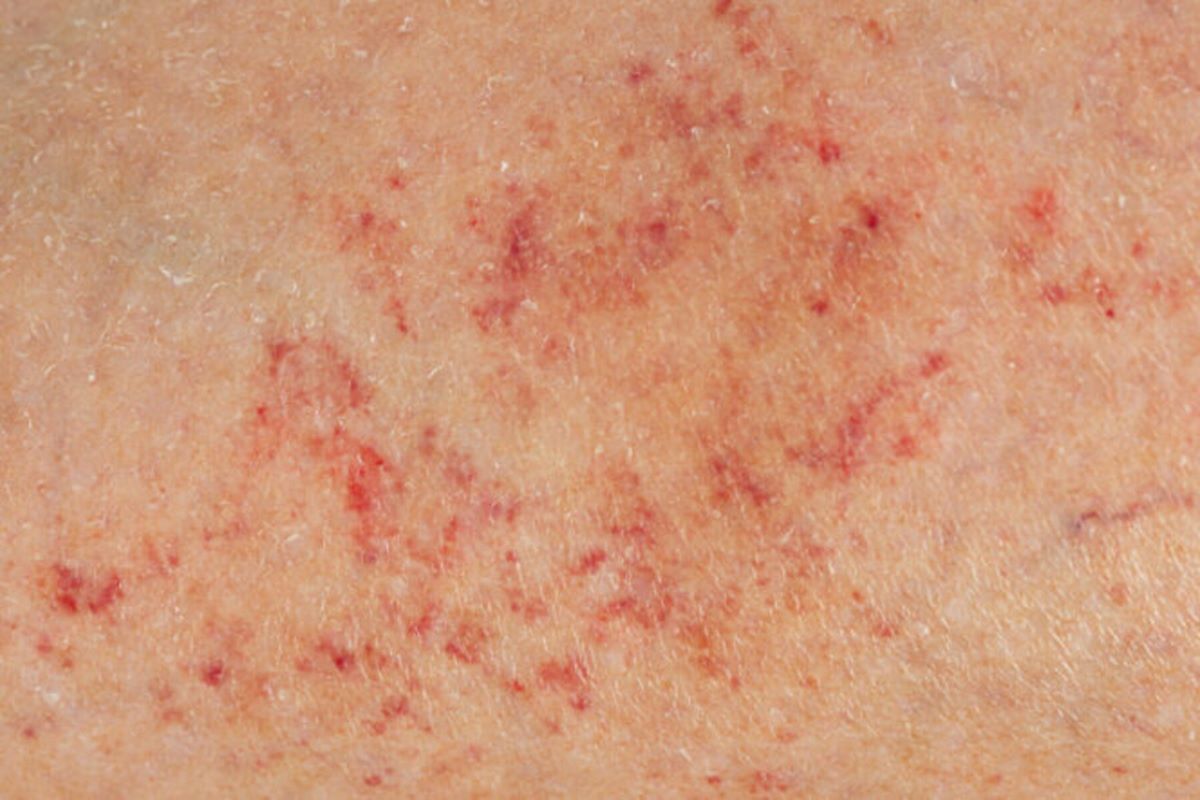Petechiae: What Are Those Red Dots under My Eyes?
Seeing red dots under your eyes and lowkey panicking? We’re here to help.
In the medical world, those little red dots are called petechiae. They can appear on the skin due to a variety of factors. While they’re often harmless and go away on their own, they can also indicate underlying health issues that do require medical attention.
Let’s look closely at petechiae, its causes, symptoms, treatment options, and ways to prevent it.
What are the red dots under your eyes called?
Petechiae appear when the blood vessels in the skin break. This causes blood to leak into the surrounding tissues.
They usually appear as pin-sized red or purple spots. Besides under the eyes, petechiae can also be seen on other body parts, such as the legs, arms, and chest. It’s important not to confuse petechiae with red eyes — a condition that causes the whites of the eyes to appear red due to blood vessels dilating. Petechiae, on the other hand, occur under the skin and are mostly unrelated to vision issues.
So, what causes petechiae to form? Several factors can contribute to their appearance, ranging from minor issues like allergies or mild trauma to more severe conditions like infections or blood disorders.
What causes petechiae?
Injury to the skin
Things like pinching, scratching, or even sunburns cause trauma or injury to the skin, which can cause petechiae to form.
Straining
Any activity that puts pressure on the body can cause petechiae to form, such as coughing, vomiting, heavy lifting, and even giving birth.
Viral infections
Certain viral infections, including endocarditis and cytomegalovirus, can cause petechiae.
Blood & immune disorders
Specific blood and immune disorders can lead to the development of petechiae. These include leukemia, vasculitis and thrombocytopenia.
Allergies to medications
Some medications, particularly certain antidepressants and antibiotics, can cause an allergic reaction in the form of petechiae.
How to know when to see a doctor about petechiae
If you see petechiae on your skin, it’s important to look out for any other symptoms that may be present as they could indicate more serious underlying health issues. Some signs to watch out for include the following:
If you have a fever
In some cases, petechiae can come with a fever. This could be a sign of an infection or other underlying conditions. It could indicate a bacterial or viral infection, such as streptococcal pharyngitis, meningococcemia, or dengue fever.
Petechiae can be a sign of illnesses that affect the blood, such as leukemia or a condition called idiopathic thrombocytopenic purpura, or illnesses that affect the entire body, such as lupus.
If you have trouble breathing
If you’re experiencing shortness of breath, chest pain, or other respiratory symptoms with petechiae, it can indicate a more serious condition such as pneumonia or sepsis.
Loss of consciousness
If you’re feeling faint, dizzy, or have lost consciousness, it could be a sign of a severe condition like meningitis or sepsis.
It’s also worth noting that petechiae are more common in children than adults. While those red dots can be a sign of a serious underlying condition, they’re usually a direct effect of mild trauma or viral infections and are harmless.
Are there treatments for petechiae?
Medical treatments to consider
If petechiae is caused by a bacterial infection, your doctor may prescribe antibiotics to clear up the infection and prevent more petechiae from developing.
If it is caused by an immune system disorder such as vasculitis, doctors may prescribe immunosuppressants to ease inflammation instead.
On the other hand, if the petechiae reveals a cancer diagnosis like leukemia, chemotherapy will be recommended instead to destroy cancer cells and prevent further petechiae from forming.
However, suppose you’re experiencing other symptoms that aren’t listed above or simply concerned by their appearance, it’s always safest to consult a medical professional.
At-home treatments for petechiae
While medical treatment may be necessary for some cases, there are also a few at-home remedies that may reduce their appearance and alleviate discomfort.
- Cold compresses
A cold compress on the affected area may help decrease inflammation and relieve pain or discomfort. - Pain relievers
Over-the-counter pain relievers like acetaminophen or ibuprofen may help relieve any pain or discomfort associated with petechiae. - Extra fluids and rest
Staying hydrated and getting plenty of rest can help support your body’s natural healing processes and reduce the risk of further petechiae forming. - Avoiding activities that cause pressure
Pause activities that put pressure on the body, like heavy lifting or straining.
Take note: at-home remedies should not be used as a substitute for medical treatment, especially if you have other symptoms accompanying petechiae. When in doubt, always consult a medical professional for guidance.
How to prevent petechiae
Here are some steps you can take to reduce your risk of developing petechiae.
- Practice good hygiene
Regularly washing your hands and practicing good hygiene can help reduce your risk of developing infections that may cause petechiae. - Avoid sick people with infectious illnesses
If you know someone with an infectious disease, it’s best to avoid close contact with them until they’re no longer contagious.
- Clean surfaces that are touched often
Cleaning surfaces that are frequently touched, such as doorknobs and tables, can help reduce the spread of germs and prevent infections. - Use insect repellent in grassy and wooded areas
If you often spend time in grassy or wooded areas, use insect repellent to help reduce your risk of insect bites, which can sometimes cause petechiae. - Avoid sharing items
Sharing items like utensils, towels, or drinking glasses can increase your risk of developing infections that may cause petechiae.
Although these tips do not ensure that you won’t develop petechiae, they can lower your risk of contracting infections or developing underlying conditions that may lead to them.
Spotting petechiae: what it could be telling you
In conclusion, petechiae are small red or purple spots that may appear on the skin due to various factors. Although they’re typically harmless and tend to go away on their own in time, petechiae can be a sign of other health issues that may require medical attention.
While petechiae is usually not a symptom of vision issues, it never hurts to keep your eyes healthy. It is strongly advised to go for regular eye exams as well to detect any potential issues early on.
References
- “Petechiae”, Healthline.
- “Symptoms: Petechiae”, Mayo Clinic.
- “What to know about petechiae”, Medical News Today.
- “Petechiae”, National Library of Medicine.

Written by:
Angie Garcia











